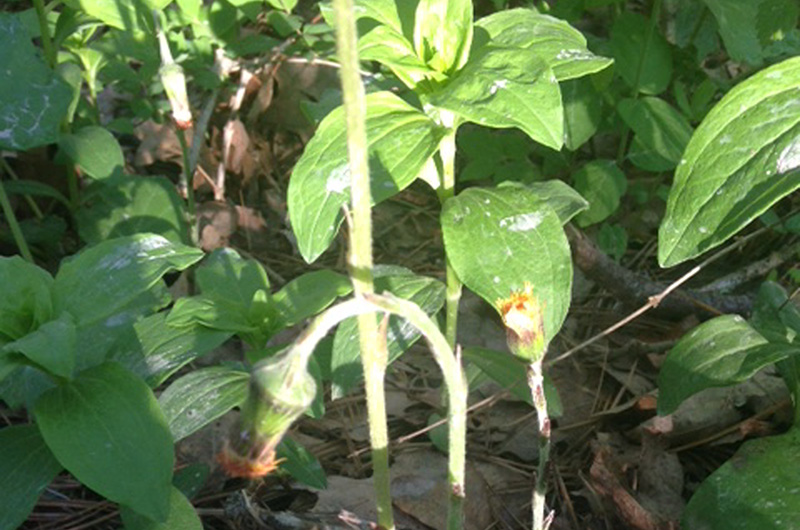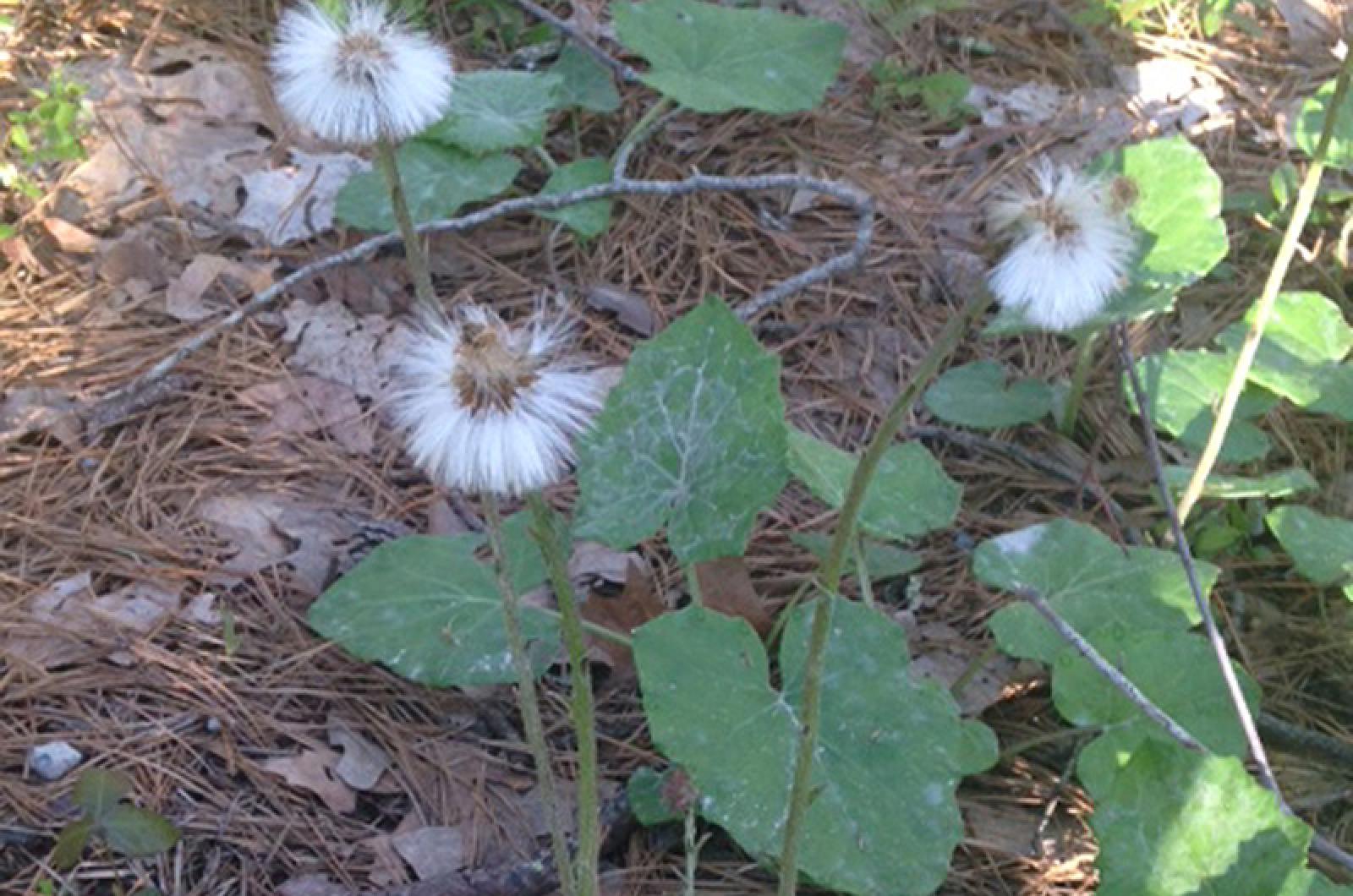Buy cough syrup. That is the advice I would give to someone considering using the plant Tussilago farfara, also known as coltsfoot, for a respiratory remedy.
This plant’s scientific name translates to “cough dispeller,” since it has been historically used to treat respiratory ailments. However, research has shown that this treatment might be a threat instead of a boon to your health due to a compound it contains that can cause irreversible liver damage and sometimes even death.
Having always been risk averse, I prefer to be on the safe side when it comes to eating wild.

Coltsfoot is an interesting plant that was brought to this country by European settlers due to its medicinal properties. It was certainly not a gift horse (and as I said, don’t put it in your mouth), as it quickly escaped yards and fields and is considered a weed. It especially likes waste places, roadsides, disturbed areas and slopes.
A myriad of ways have been suggested to consume coltsfoot, including eating the flowers and leaves raw, drying them for tea, infusing flowers with honey, making candy from its rootstock, and even making wine (in the style of dandelion wine). One usage called for drying and burning the plant to employ it as a salt substitute, but one sampler noted that, not surprisingly, it tasted like ash.
The risks of consuming coltsfoot seem serious enough to avoid ingesting this plant when so many other safe, delicious and healthful edibles exist. Austria and Germany banned its sale because of the danger. (Apparently, though, safer cultivars may still be available for purchase in those countries, and the plant is still found in the wild.)
To avoid harvesting coltsfoot, one must be able to identify it, and since it is a dandelion look-a-like, it is important to know the differences between these two plants.
The composite yellow flower is the most obvious similarity between the two plants, but one can look to the leaves (or lack of them) and the stem to find differences. Coltsfoot generally blooms first, ahead of dandelions, and when in bloom, it has no leaves. The leaves of coltsfoot come after the flower has passed, and once the leaves have appeared, there is no chance of thinking that the plant is a dandelion. Clearly, it a horse of a different color.
Its later-emerging leaves are heart-shaped and, not surprisingly, resemble the hoof of a horse. Thus, its other aliases include ass’s foot, bullsfoot and horsehoof. The stem of a dandelion is open and tubular, while coltsfoot’s has a red-tinged scaly stem.
Since eating coltsfoot should be off limits, consider this safer alternative function: coltsfoot plants were once considered excellent tinder. To make your torch, dry a bunch, wrap it in a rag, and dip in a solution of saltpeter.
This plant may just be a one-trick pony. Due to its limited locales and short-term noticeability, coltsfoot is little more than a footnote in the spring botany of the Vineyard.
Suzan Bellincampi is director of the Felix Neck Wildlife Sanctuary in Edgartown, and author of Martha’s Vineyard: A Field Guide to Island Nature.




Comments
Comment policy »